Snowflake vs Databricks: The Showdown in the Data Boxing Ring 🥊
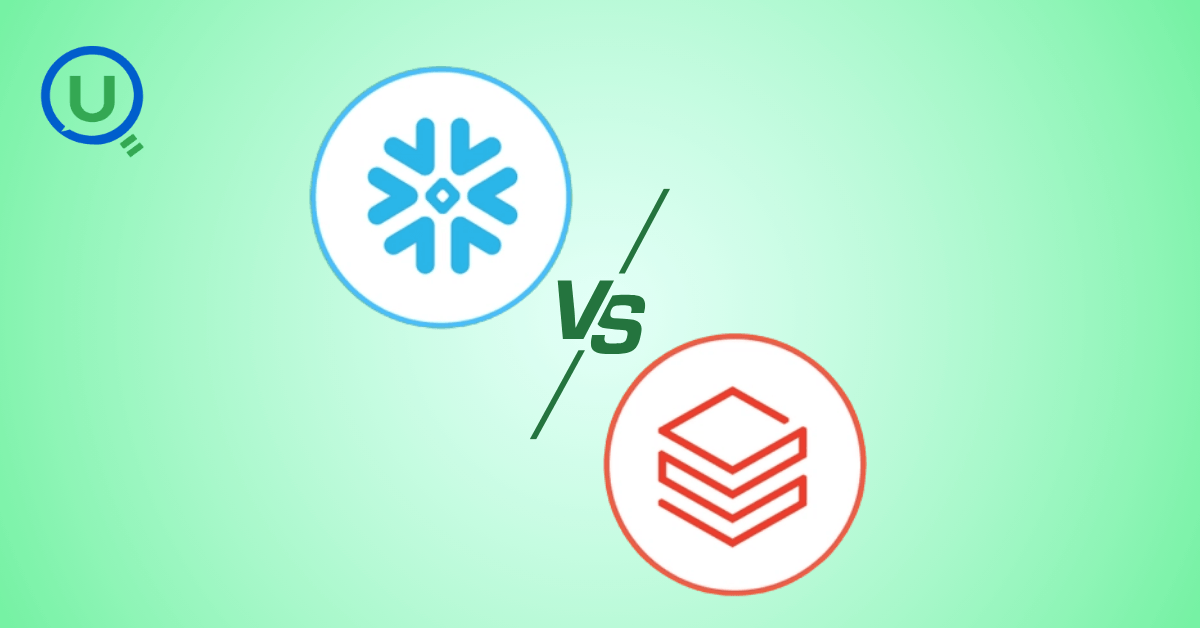
Ready to transform your data strategy with cutting-edge solutions?
Introduction
The data analytics landscape is dominated by two giants—Databricks and Snowflake. Each platform brings unparalleled power and versatility, but which one truly stands out? Instead of debating abstract features, let’s dive into real-world use cases to see where each platform excels.
Let’s Explore the Use Cases for Both Platforms
Use Case 1: Real-Time Order Processing and Fraud Detection
GlobalMart, a leading e-commerce company, is scaling rapidly. With thousands of transactions every minute, they face two major challenges:
Real-Time Order Processing: Customers demand instant order confirmations. A delay can lead to abandoned carts and lost revenue.
Fraud Detection: Sophisticated fraudsters require immediately detecting suspicious patterns to protect customer data and minimize risks.
GlobalMart’s data engineering team realizes they need more than just speed, a robust system to handle real-time data processing, a scalable Delta Lake to store transactional data, and workflows for seamless automation and governance using Unity Catalog.
Question: Which platform would you choose for this use case?
Suggestion from the GlobalMart DE Team: Databricks
Why Databricks?
Real-Time Processing: Databricks, with its Apache Spark Structured Streaming, processes real-time data from sources like Kafka or Event Hubs.
Delta Lake: Provides reliable, ACID-compliant storage to ensure data accuracy and scalability.
Machine Learning Integration: Databricks enables fraud detection by deploying machine learning models alongside data pipelines.
Governance: Unity Catalog ensures secure access and collaboration across teams, making Databricks a unified solution for GlobalMart’s needs.
Use Case 2: Consolidating Sales Data for Executive Dashboards
GlobalMart’s leadership team needs a single source of truth for sales performance insights. Their data is scattered across:
Point-of-sale systems in retail stores.
Online transactions from the website and mobile app.
Third-party marketplaces like Amazon.
To make strategic decisions, they require:
Centralized Data Storage: Consolidating structured and semi-structured data from multiple sources.
Advanced Analytics: Running complex SQL queries for trends, best-selling products, and region-wise revenue.
Seamless Dashboard Integration: Connecting data to BI tools for real-time insights.
Question: Which platform fits this need?
Suggestion from the GlobalMart DE Team: Snowflake
Why Snowflake?
Data Warehousing Power: Snowflake consolidates structured and semi-structured data with ease using Snowpipe for automated ingestion.
SQL Analytics: Its SQL-first approach simplifies querying and creating dynamic views for dashboards.
Scalability: The compute-storage separation ensures elastic scaling, ideal for handling spikes in dashboard queries.
BI Integration: Native connectors with tools like Tableau and Power BI ensure leadership gets the insights they need in real-time.
What Are the Similarities?
Despite their different purposes, Databricks and Snowflake share several commonalities:
Cloud-Native: Both platforms leverage the cloud for elasticity and scalability.
Performance: Each excels at handling massive datasets with advanced processing capabilities.
Collaboration: Both foster collaboration across teams—data engineers, analysts, and scientists.
Security: Built with enterprise-grade security and governance to protect data.
The Big Question: Who’s the Winner?
At this point, someone from the GlobalMart team chimes in:
"I don’t think there’s a clear winner. As we’ve seen, both platforms are built for different purposes and cater to unique needs in the data ecosystem."
Key Differences Between Databricks and Snowflake
Aspect | Databricks | Snowflake |
Core Strength | Real-time data processing, AI/ML, Delta Lake | Data warehousing, BI, SQL-based analytics |
Best Use Cases | Streaming, ETL pipelines, ML models | Centralized dashboards, structured data analysis |
Programming Focus | Python, Scala, R, SQL | SQL-centric, with support for Python, Java, Scala etc |
Governance | Unity Catalog for collaborative workflows | Secure data sharing and role-based access |
Target Users | Data engineers, scientists, analyst | Business analysts, BI teams |
The Final Verdict: No Knockout, Just Champions!
Both Databricks and Snowflake excel in their respective domains:
Databricks is the go-to platform for real-time data processing, machine learning, and unstructured data workflows.
Snowflake is unbeatable in data warehousing, structured analytics, and business intelligence.
Instead of choosing one, organizations can harness the synergy of both. Imagine using Databricks to power your AI/ML pipelines and real-time data, while Snowflake provides actionable insights with its robust warehousing and analytics capabilities. Together, they create an ecosystem that’s greater than the sum of its parts.
Ready to Experience the Future of Data?
You Might Also Like
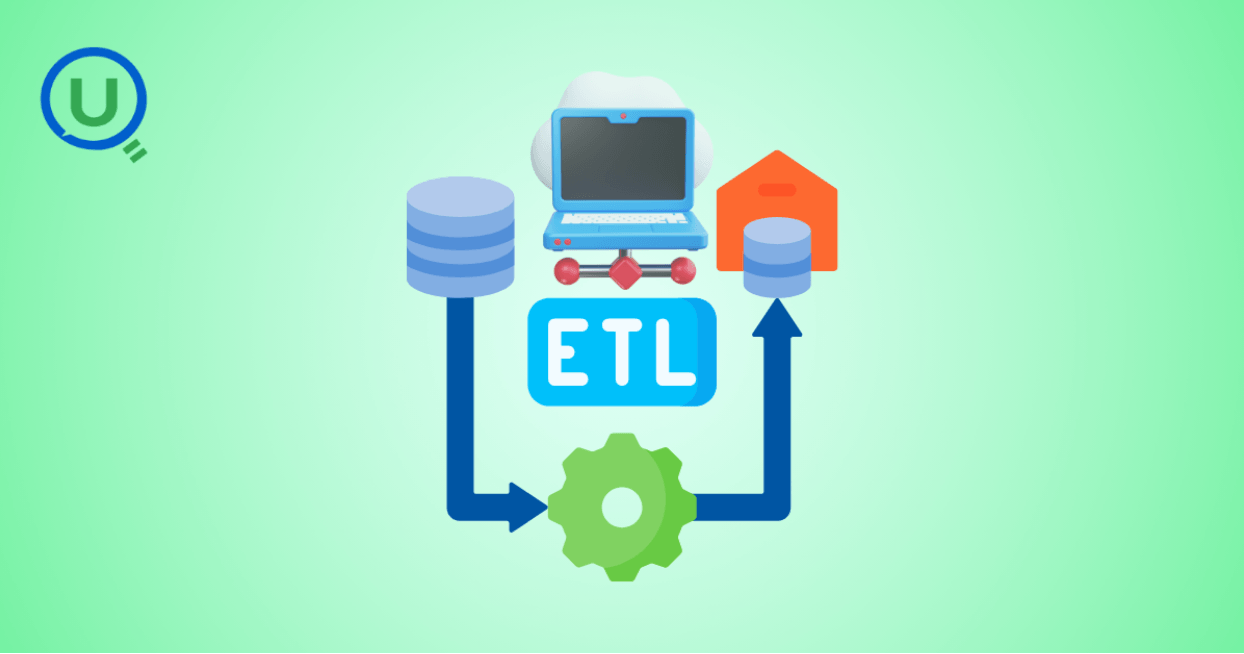
Learn the essential role of ETL (Extract, Transform, Load) in data engineering. Understand the three phases of ETL, its benefits, and how to implement effective ETL pipelines using modern tools and strategies for better decision-making, scalability, and data quality.

Discover why data orchestration and analysis are essential for modern data systems. Learn how automation tools streamline data workflows, boost insights, and scale with your business
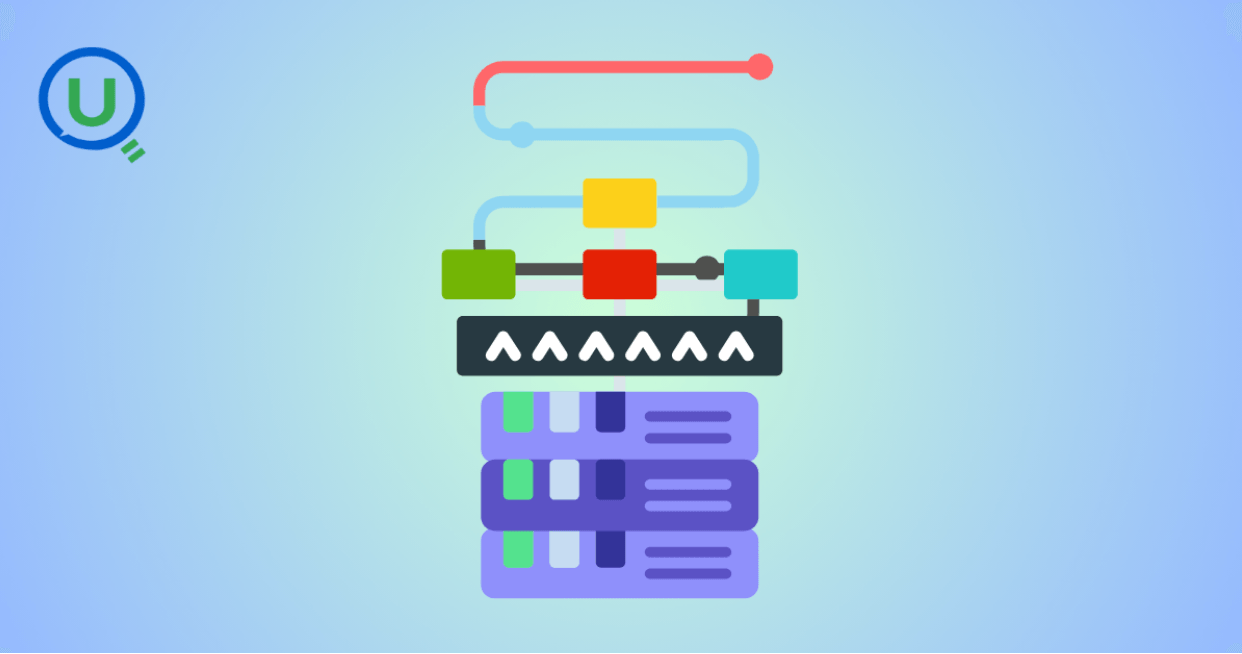
Learn what a data ingestion pipeline is, why it's vital for modern analytics, and how to design scalable, real-time pipelines to power your data systems effectively.

Discover the top 15 data warehouse tools for scalable data management in 2024. Learn how to choose the right platform for analytics, performance, and cost-efficiency.
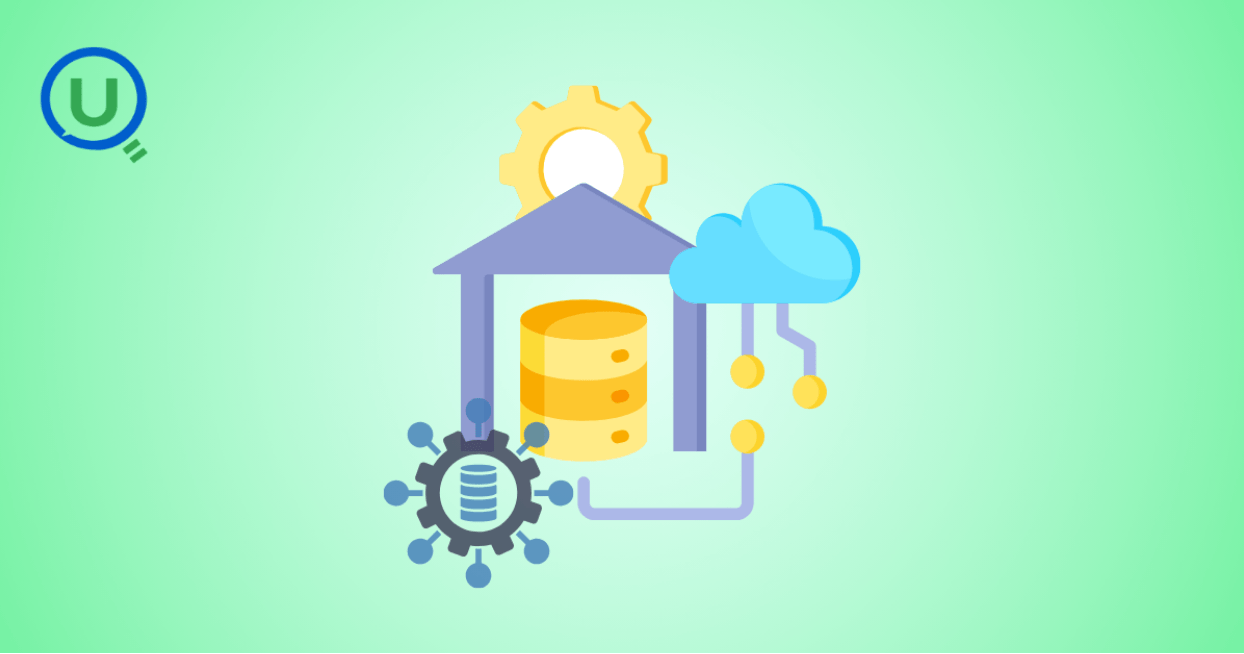
Confused between a data mart and a data warehouse? Learn the key differences, use cases, and how to choose the right data architecture for your business. Explore best practices, real-world examples, and expert insights from Enqurious.
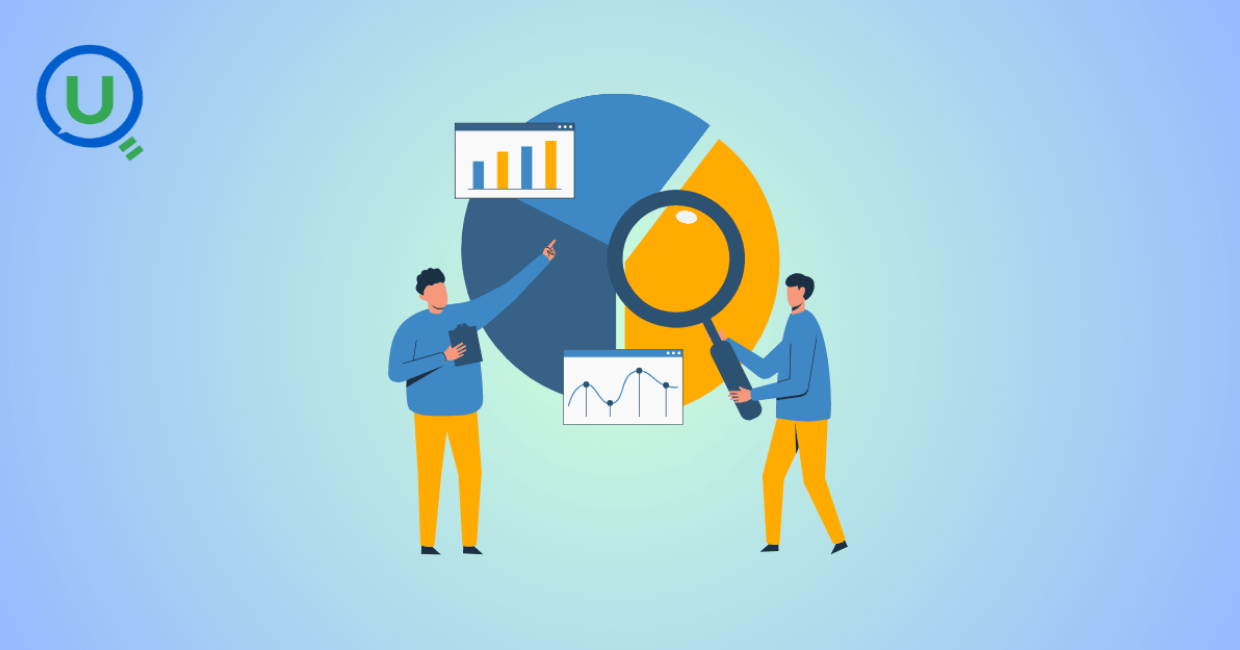
Discover the top 10 predictive analytics tools to know in 2025—from SAS and Google Vertex AI to RapidMiner and H2O.ai. Learn why predictive analytics is essential for modern businesses and how to choose the right tool for your data strategy.

Explore the key differences between descriptive and predictive analytics, and learn how both can drive smarter decision-making. Discover how these analytics complement each other to enhance business strategies and improve outcomes in 2025 and beyond.

Explore the key differences between predictive and prescriptive analytics, and learn how both can drive smarter decisions, enhance agility, and improve business outcomes. Discover real-world applications and why mastering both analytics approaches is essential for success in 2025 and beyond.
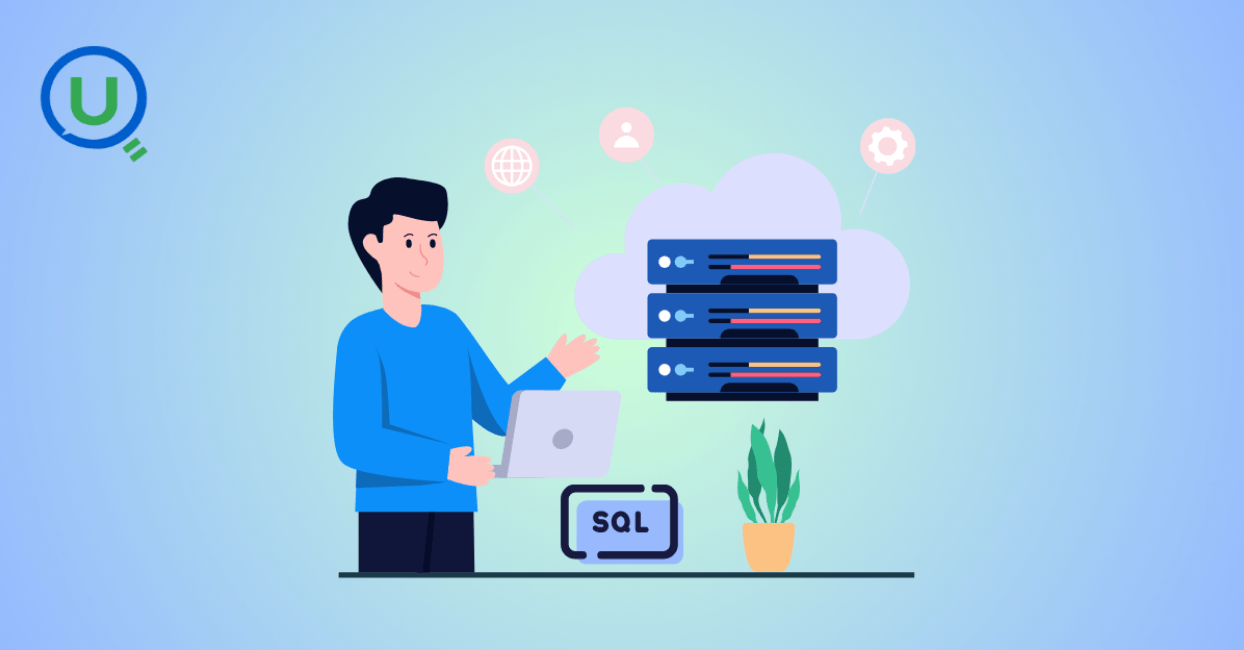
Compare PostgreSQL vs SQL Server in this comprehensive guide. Learn the key differences, strengths, and use cases to help you choose the right database for your business needs, from cost to performance and security.
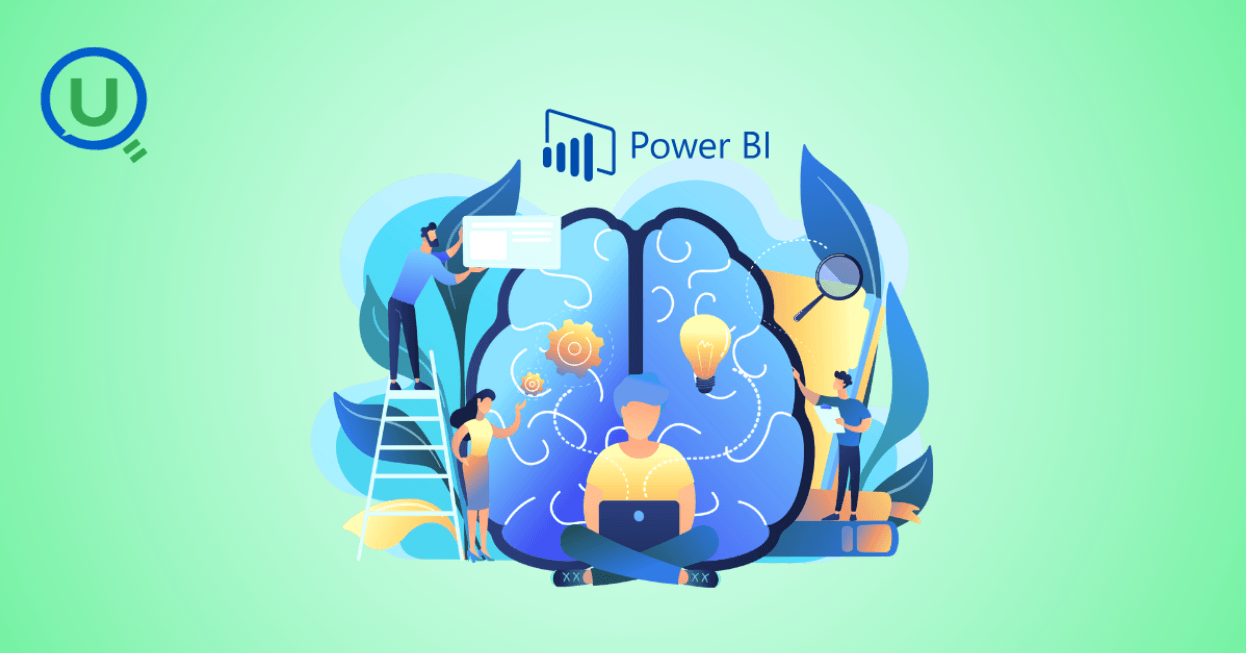
Learn what Power BI is and how it works in this beginner's guide. Discover its key features, components, benefits, and real-world applications, and how it empowers businesses to make data-driven decisions.

Explore what a Business Intelligence Engineer does—from building data pipelines to crafting dashboards. Learn key responsibilities, tools, and why this role is vital in a data-driven organization.
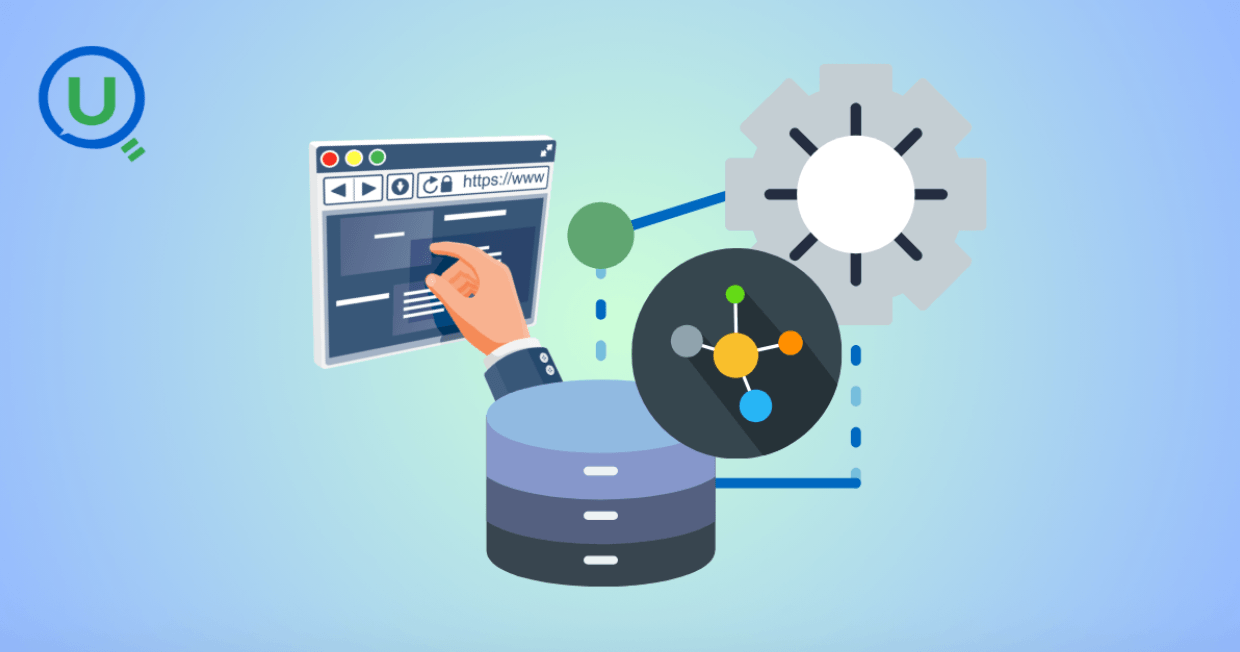
Discover why data lineage is essential in today’s complex data ecosystems. Learn how it boosts trust, compliance, and decision-making — and how Enqurious helps you trace, govern, and optimize your data journeys.
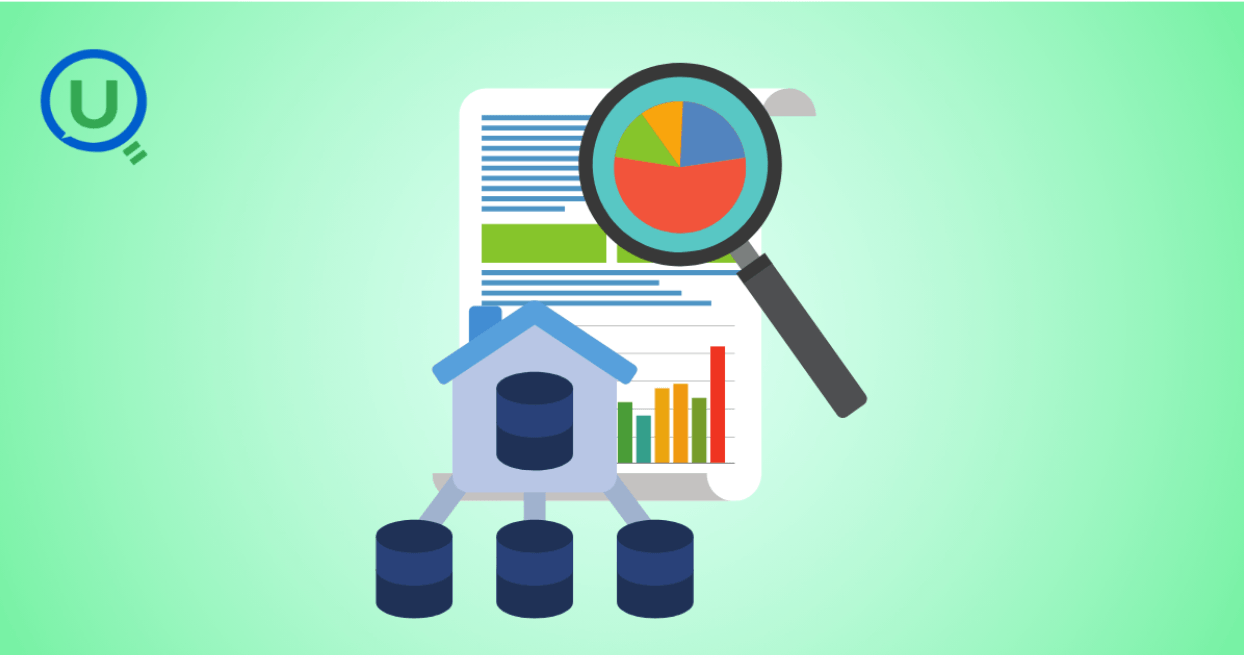
Learn what a data mart is, its types, and key benefits. Discover how data marts empower departments with faster, targeted data access for improved decision-making, and how they differ from data warehouses and data lakes.

Learn how to bridge the digital skills gap with effective upskilling strategies. Discover how to foster a culture of continuous learning, personalize training with AI, and focus on future-ready skills.

Discover 5 key strategies to overcome upskilling and reskilling challenges in the age of AI. Learn how to build a future-ready workforce with personalized learning, cross-functional collaboration, and real-world application.
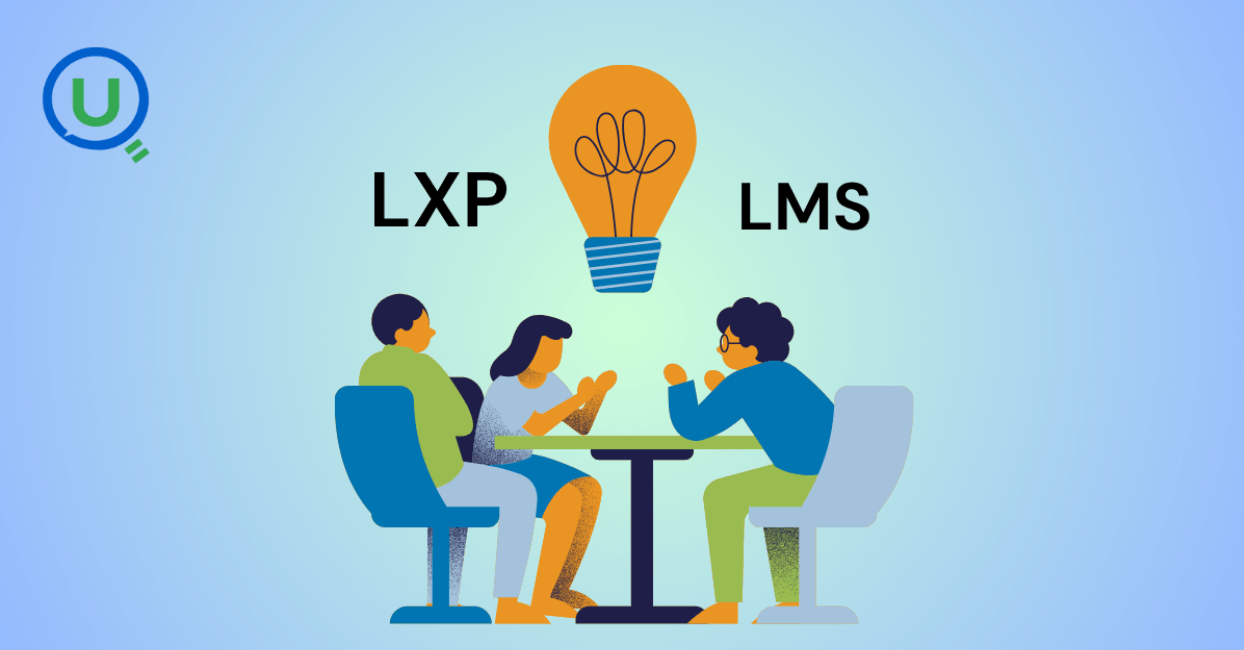
Explore the key differences between LXP and LMS platforms and learn which is best for your business in 2025. Discover how AI-driven learning systems can boost employee engagement and upskill your workforce for the future.

Discover 6 powerful ways to upskill employees and future-proof your workforce in the age of AI and data. Learn how leading organizations are adapting learning strategies to stay ahead.

Master data strategy: Understand data mart vs data warehouse key differences, benefits, and use cases in business intelligence. Enqurious boosts your Data+AI team's potential with data-driven upskilling.
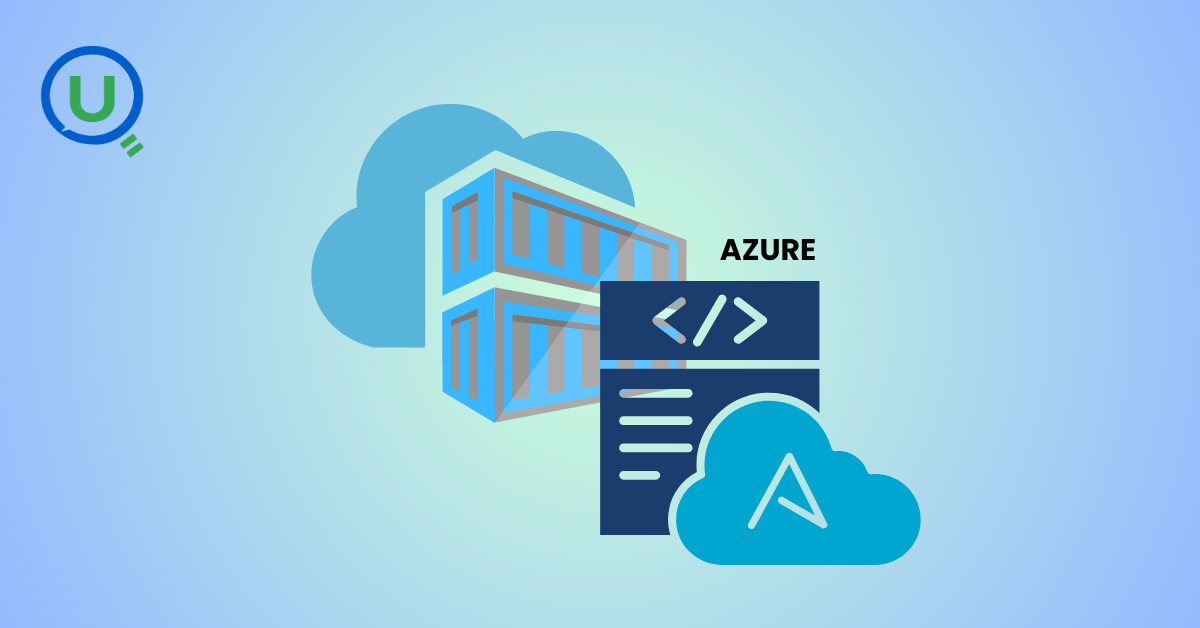
Learn what Azure Data Factory (ADF) is, how it works, and why it’s essential for modern data integration, AI, and analytics. This complete guide covers ADF’s features, real-world use cases, and how it empowers businesses to streamline data pipelines. Start your journey with Azure Data Factory today!
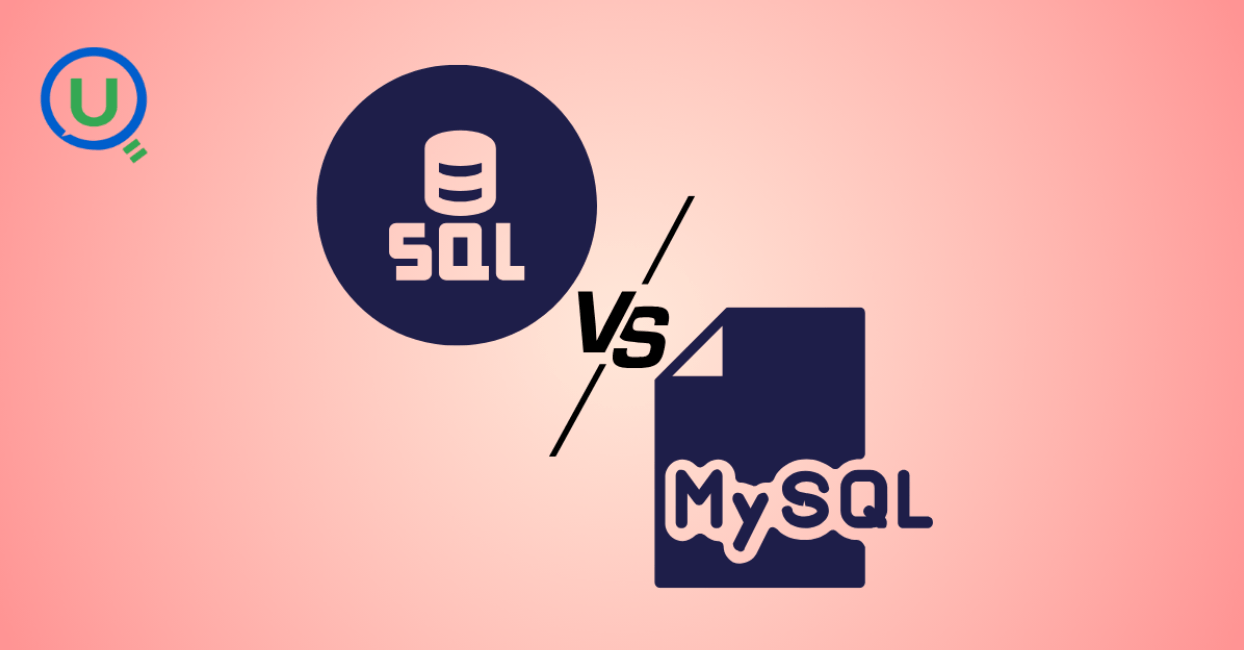
Discover the key differences between SQL and MySQL in this comprehensive guide. Learn about their purpose, usage, compatibility, and how they work together to manage data. Start your journey with SQL and MySQL today with expert-led guidance from Enqurious!
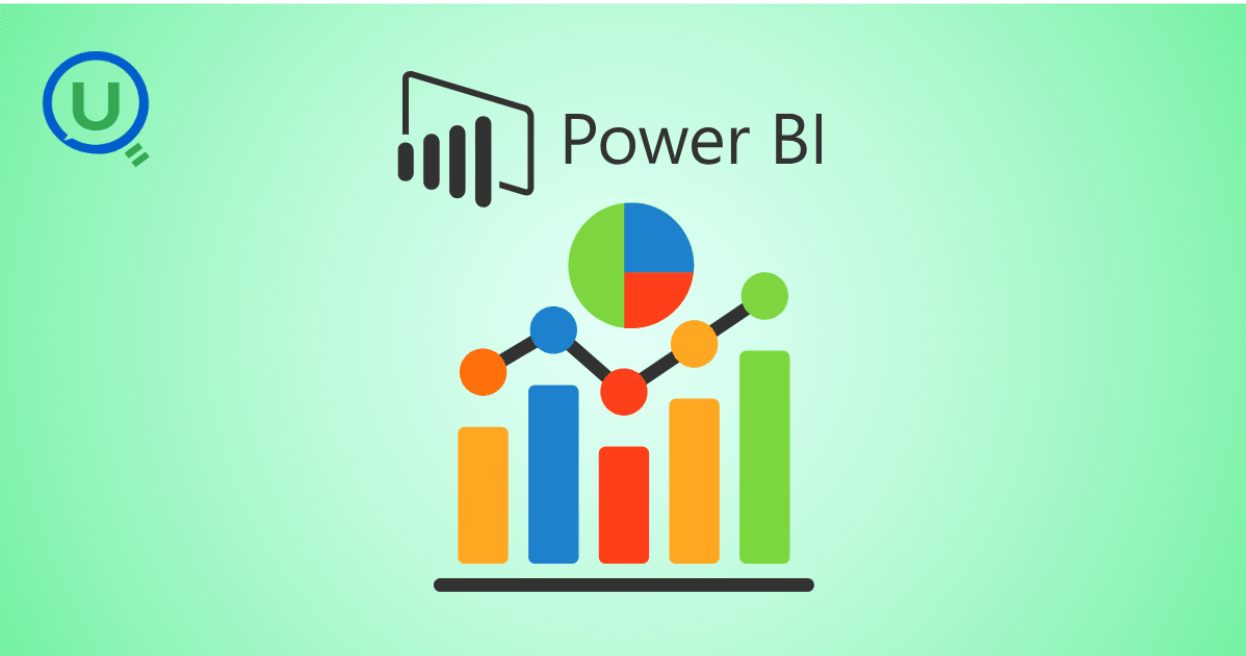
Learn Power BI from scratch in 2025 with this step-by-step guide. Explore resources, tips, and common mistakes to avoid as you master data visualization, DAX, and dashboard creation. Start your learning journey today with Enqurious and gain hands-on training from experts!

AI tools like ChatGPT are transforming clinical data management by automating data entry, enabling natural language queries, detecting errors, and simplifying regulatory compliance. Learn how AI is enhancing efficiency, accuracy, and security in healthcare data handling.
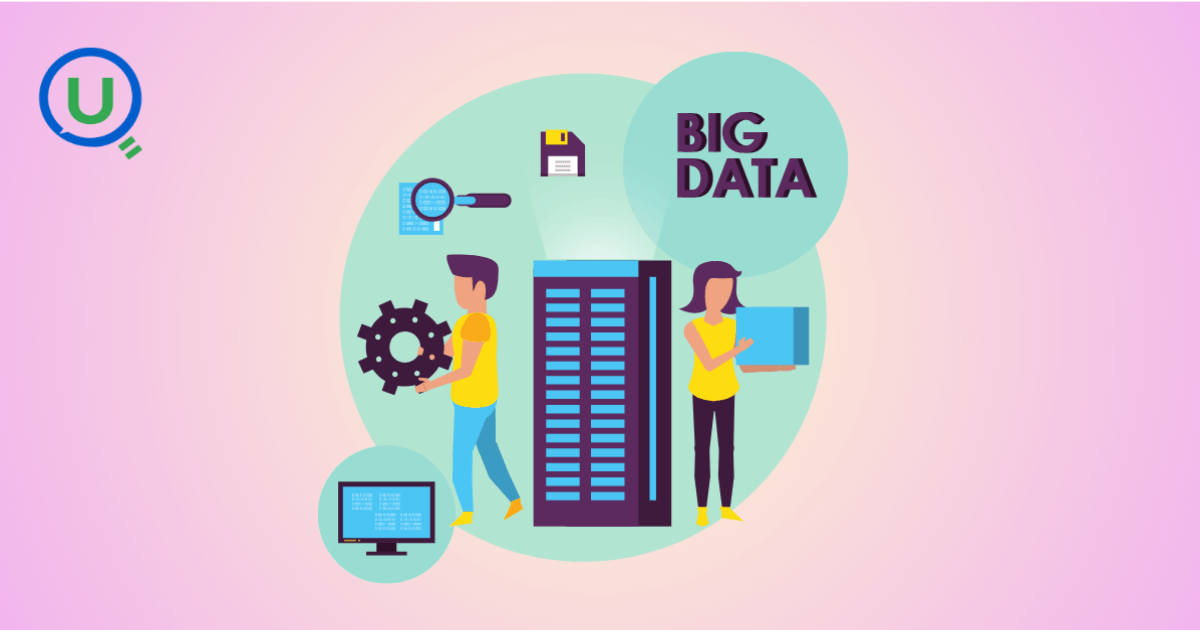
Big Data refers to large, complex data sets generated at high speed from various sources. It plays a crucial role in business, healthcare, finance, education, and more, enabling better decision-making, predictive analytics, and innovation.

Explore the difference between reskilling and upskilling and why it matters for career growth and organizational success. Learn how reskilling helps workers pivot to new roles and how upskilling enhances current skills to stay competitive in today's fast-changing job market.

Discover the power of prompt engineering and how it enhances AI interactions. Learn the key principles, real-world use cases, and best practices for crafting effective prompts to get accurate, creative, and tailored results from AI tools like ChatGPT, Google Gemini, and Claude.

Explore the 6 core adult learning principles and how they can transform your training programs. Learn how to apply these principles for better engagement, retention, and real-world application, ensuring meaningful learning experiences for adult learners.

Discover the 9 key components of an effective learning experience and how they drive better engagement, retention, and real-world application. Learn how organizations can implement these elements to create impactful learning journeys.

Boost your Business Intelligence skills in 2025 with 25 hands-on exercises that cover data analysis, visualization, SQL, and more. Perfect for professionals looking to sharpen their BI expertise and stay ahead in the competitive job market.

Learn what a Logical Data Model (LDM) is, its key components, and why it’s essential for effective database design. Explore how an LDM helps businesses align data needs with IT implementation, reducing errors and improving scalability.
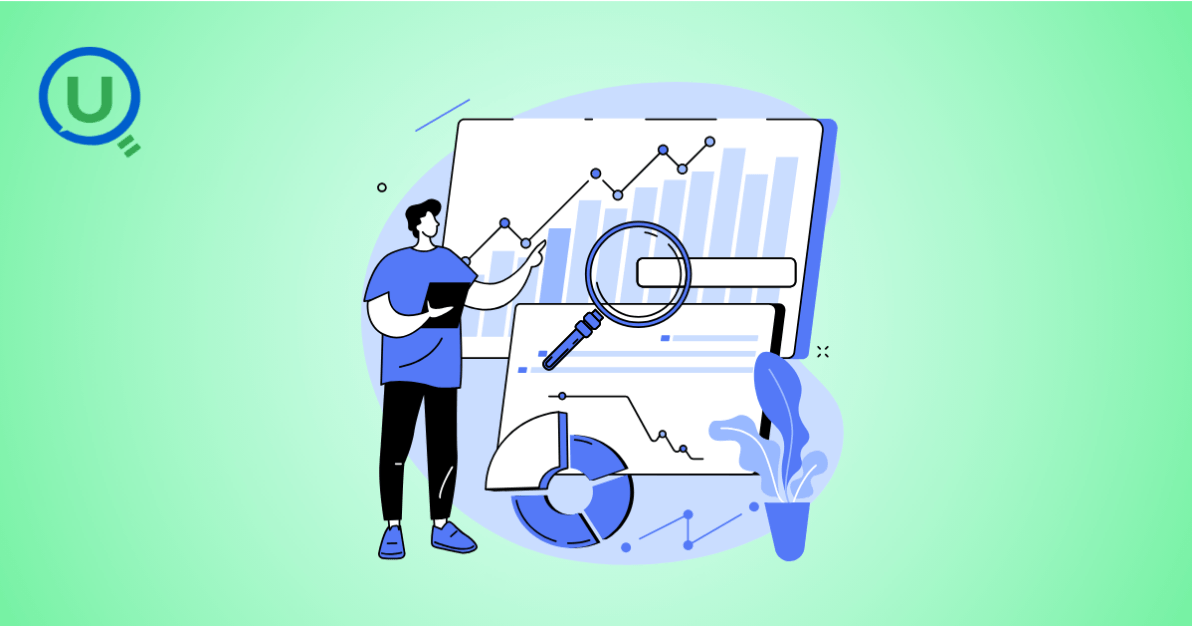
Discover the power of a Canonical Data Model (CDM) for businesses facing complex data integration challenges. Learn how CDM simplifies communication between systems, improves data consistency, reduces development costs, and enhances scalability for better decision-making.

Learn about Learning Management Systems (LMS), their key benefits, and popular examples like Moodle, Google Classroom, and Enqurious. Discover how LMS platforms are revolutionizing education and training for businesses and schools.

Discover the 10 essential benefits of Engineering Data Management (EDM) and how it helps businesses streamline workflows, improve collaboration, ensure security, and make smarter decisions with technical data.

Explore how vibe coding is transforming programming by blending creativity, collaboration, and technology to create a more enjoyable, productive, and human-centered coding experience.
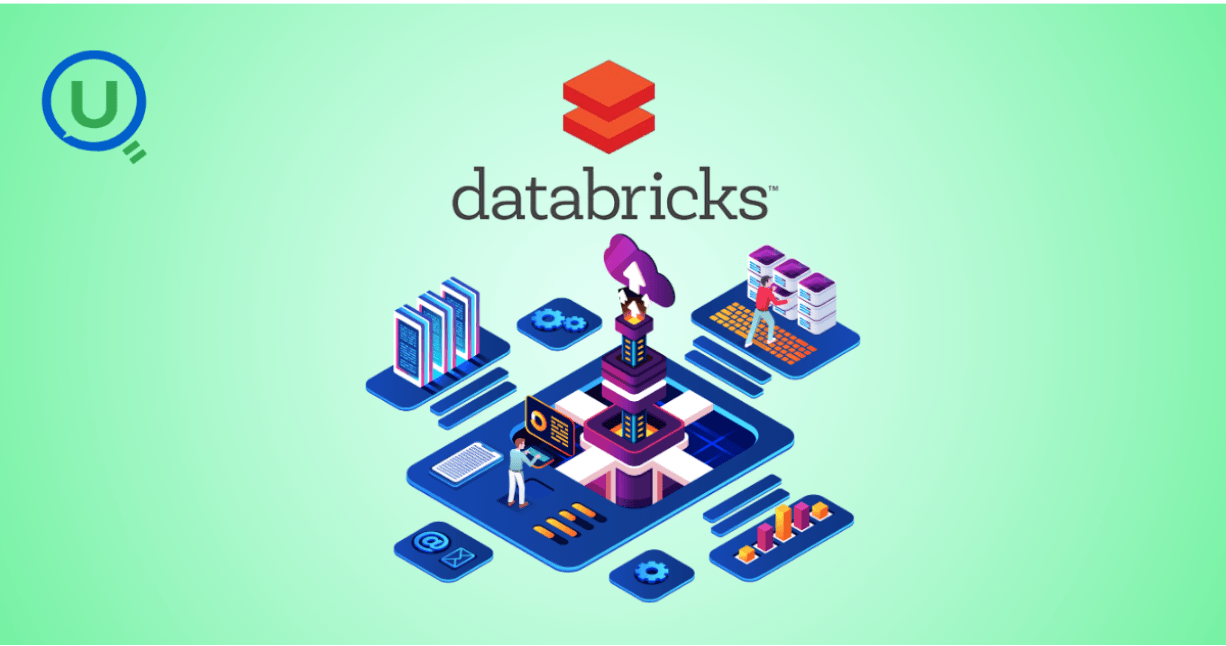
Learn how Azure Databricks empowers data engineers to build optimized, scalable, and reliable data pipelines with features like Delta Lake, auto-scaling, automation, and seamless collaboration.

Discover how AI is transforming workplace learning and development by personalizing training, delivering real-time feedback, and aligning learning with business goals to drive workforce excellence and growth.

Explore the top 10 data science trends to watch out for in 2025. From generative AI to automated machine learning, discover how these advancements are shaping the future of data science and transforming industries worldwide.

Discover why a Capstone Project is essential in 2025. Explore how it bridges the gap between theory and practice, enhances problem-solving skills, provides industry experience, and prepares students for real-world challenges. Learn how capstone projects are shaping future careers.

Discover the key differences between data scientists and data engineers, their roles, responsibilities, and tools. Learn how Enqurious helps you build skills in both fields with hands-on, industry-relevant learning.
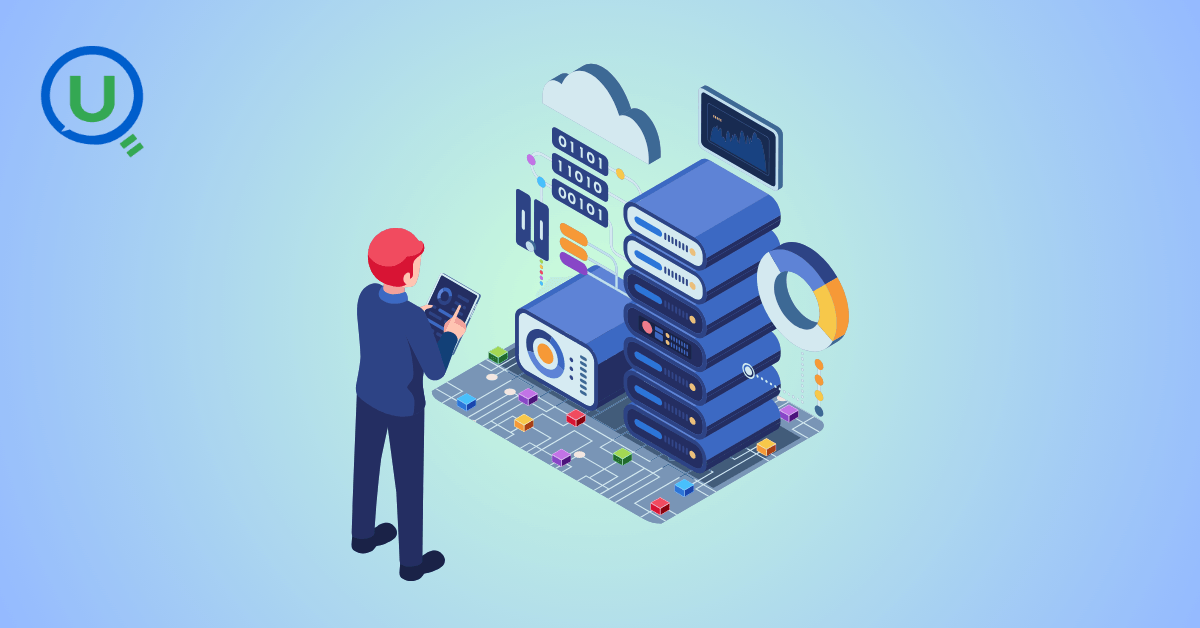
Discover the 9 essential steps to effective engineering data management. Learn how to streamline workflows, improve collaboration, and ensure data integrity across engineering teams.
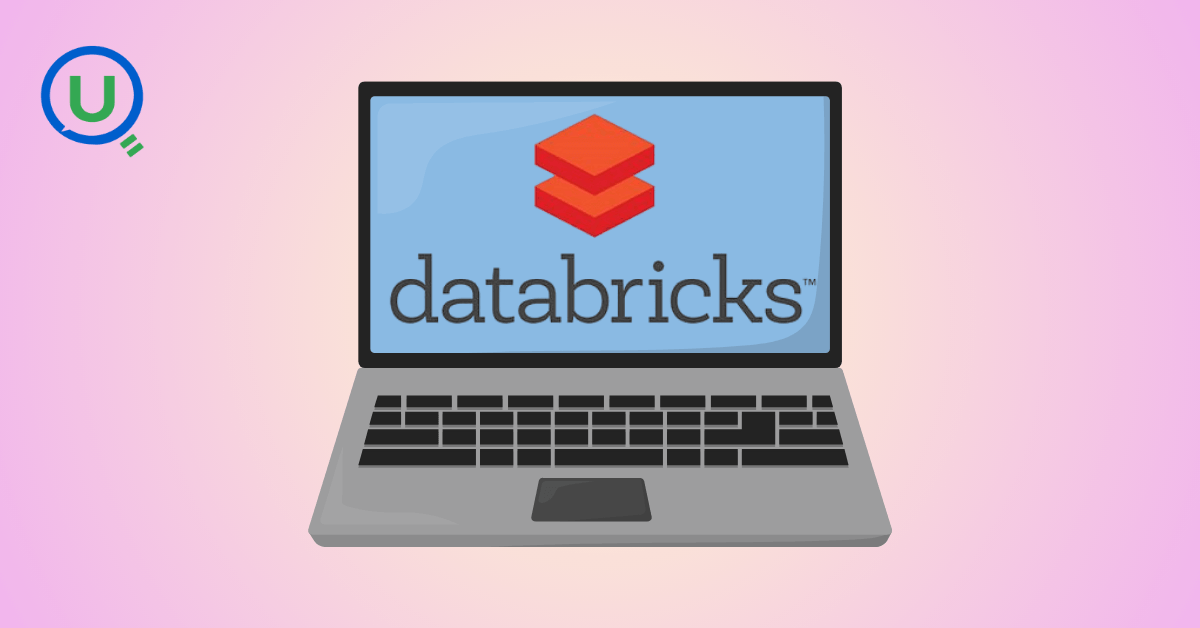
Azure Databricks is a cloud-based data analytics platform that combines the power of Apache Spark with the scalability, security, and ease of use offered by Microsoft Azure. It provides a unified workspace where data engineers, data scientists, analysts, and business users can collaborate.

In today's data-driven world, knowing how to make sense of information is a crucial skill. We’re surrounded by test scores, app usage stats, survey responses, and sales figures — and all this raw data on its own isn’t helpful.

In this blog, we will discuss some of the fundamental differences between AI inference vs. training—one that is, by design, artificially intelligent.
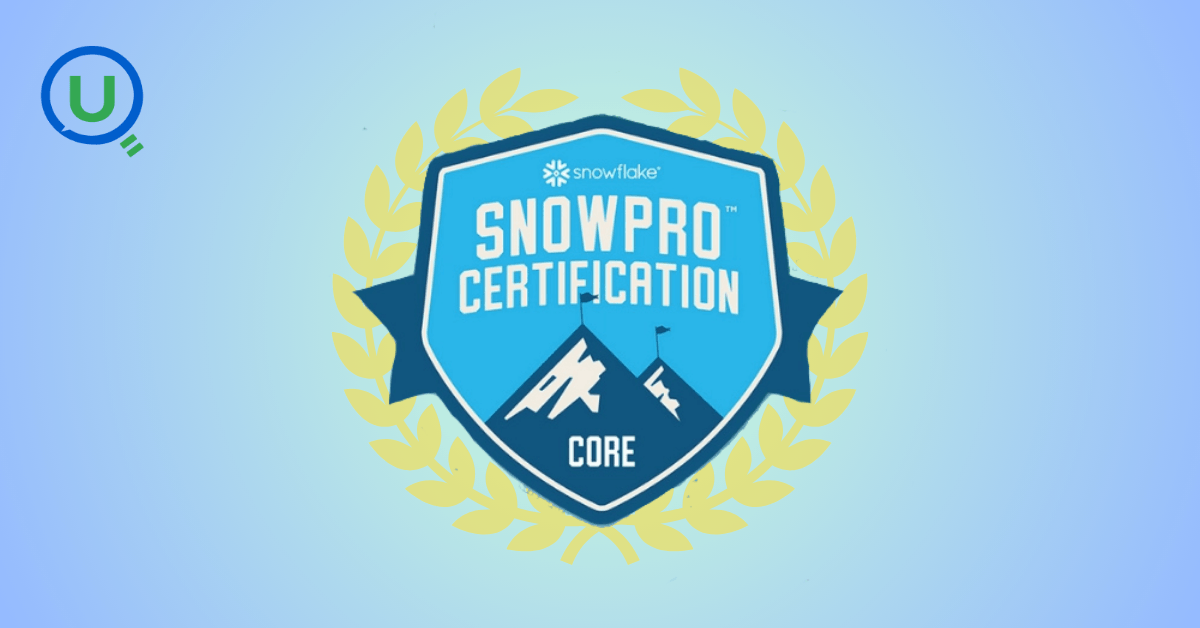
This guide provides a clear, actionable roadmap to help you avoid common pitfalls and successfully earn your SnowPro Core Certification, whether you’re making a career pivot or leveling up in your current role.

"Ever had one of those days when you’re standing in line at a store, waiting for a sales assistant to help you find a product?" In this blog we will get to know about -What is RAG, different types of RAG Architectures and pros and cons for each RAG.

How do major retailers like Walmart handle thousands of customer queries in real time without breaking a sweat? From answering questions instantly to providing personalized shopping recommendations, conversational AI reshapes how retailers interact with their customers.

In today’s rapidly evolving job market, the value of evidence-based skills has never been more critical. As industries shift and technology transforms how we work, the need for tangible proof of competencies has become paramount.

In today’s rapidly evolving technological landscape, one skill stands out above all others: learnability. Learnability, often described as the ability to continuously acquire new skills and adapt to change, is no longer just an advantage but a necessity.
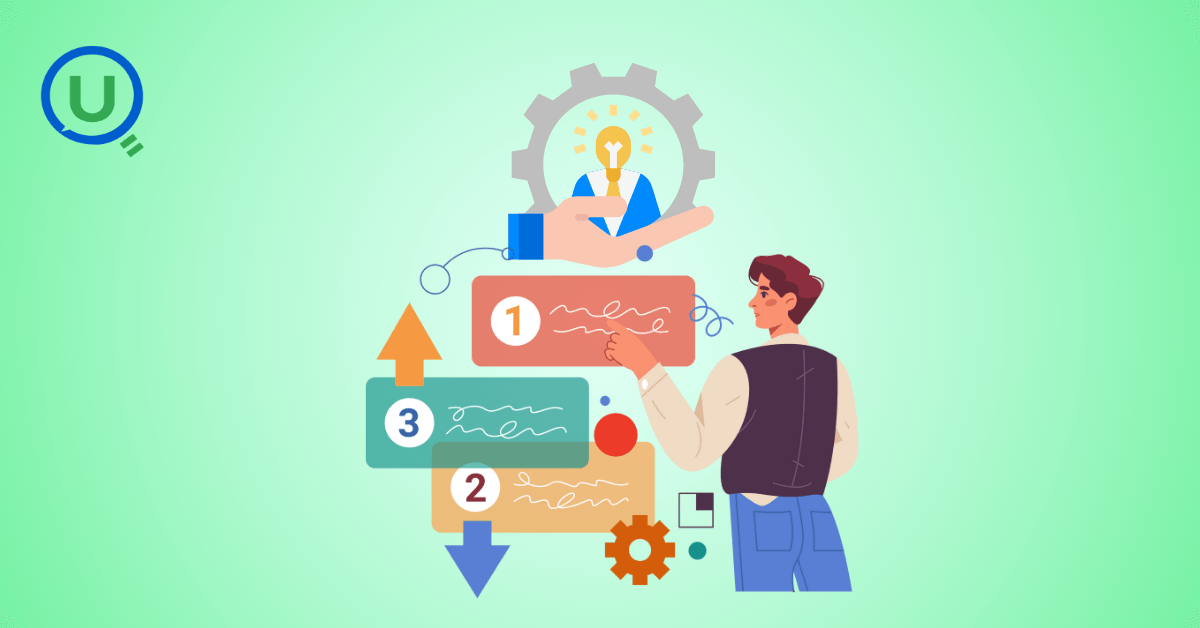
To build a future-ready workforce, companies need to rethink talent strategies. Start by developing a data-driven talent system to align key roles with best-fit talent. Invest in AI training now to stay ahead, and shift hiring practices to focus on skills, not just job titles.
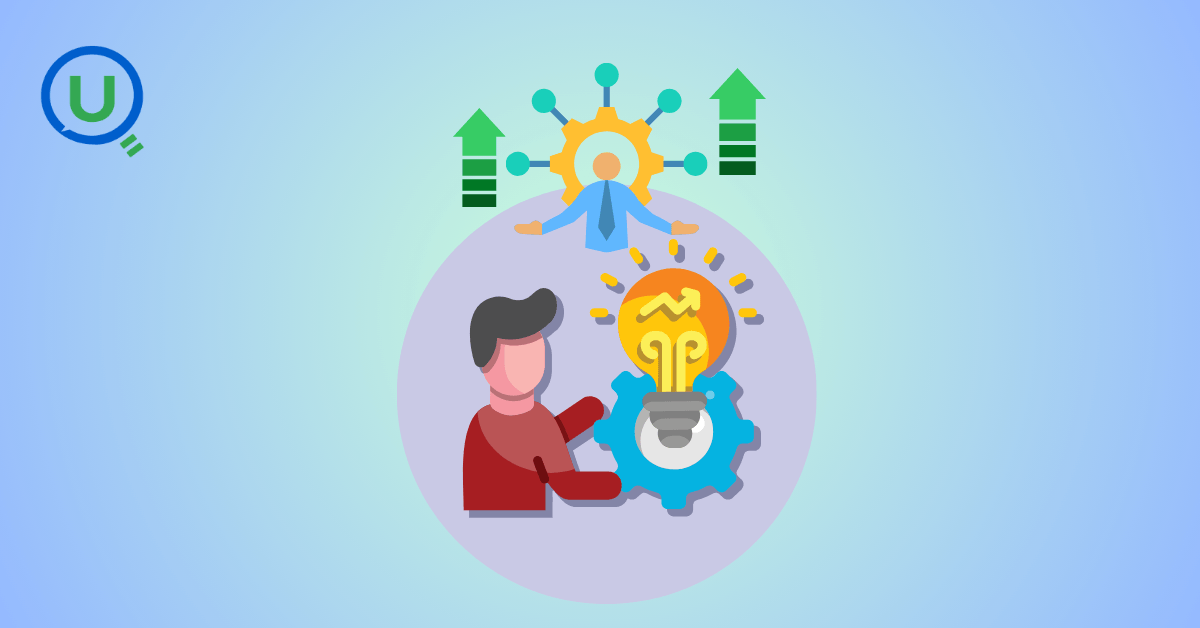
At Enqurious, we understand the importance of empowering workforces with the right skills to navigate emerging challenges. Enqurious works as a strategic partner to supplement and enhance L&D Teams.

Understanding how variables work together can supercharge your marketing strategy.

Marketing Effectiveness: Strategies, Channels, and ROI Maximization

The transformative journey of the energy sector: from outdated practices to a data-driven revolution.

Enhancing Readability for Effective Learning and Development

Thoughtfully crafted instruction design with drops of ambiguity and room for creative thinking makes the learning experience more enjoyable and “real world”.

Even after putting the best of the content, infrastructure and people, the gap between the intention of organizations to foster a culture of learning and the actual implementation and adoption of learning initiatives by employees keeps on widening.

Understanding why it is so important to nurture self driven learners in a fast paced technology world

Leveraging data to design better and efficient L&D strategy for organization success
